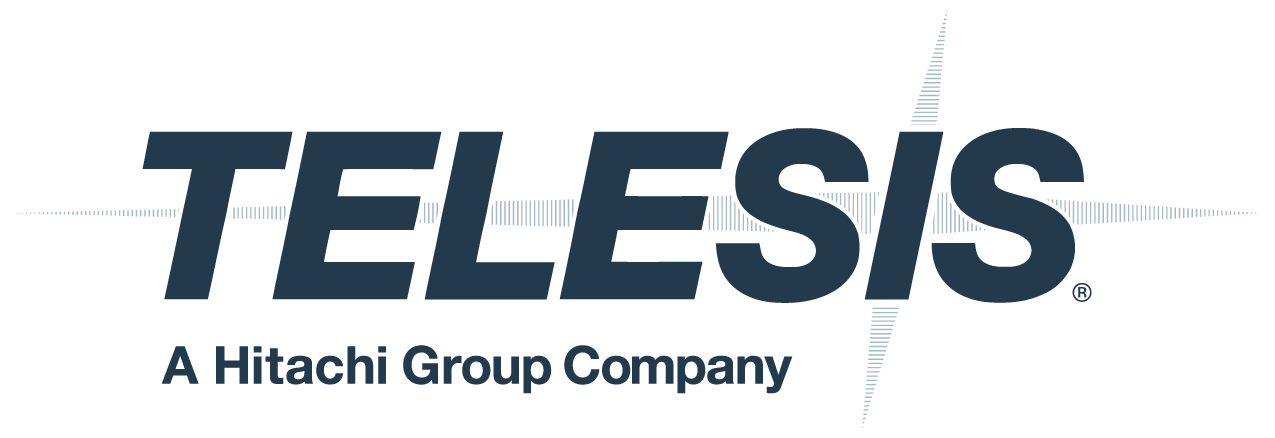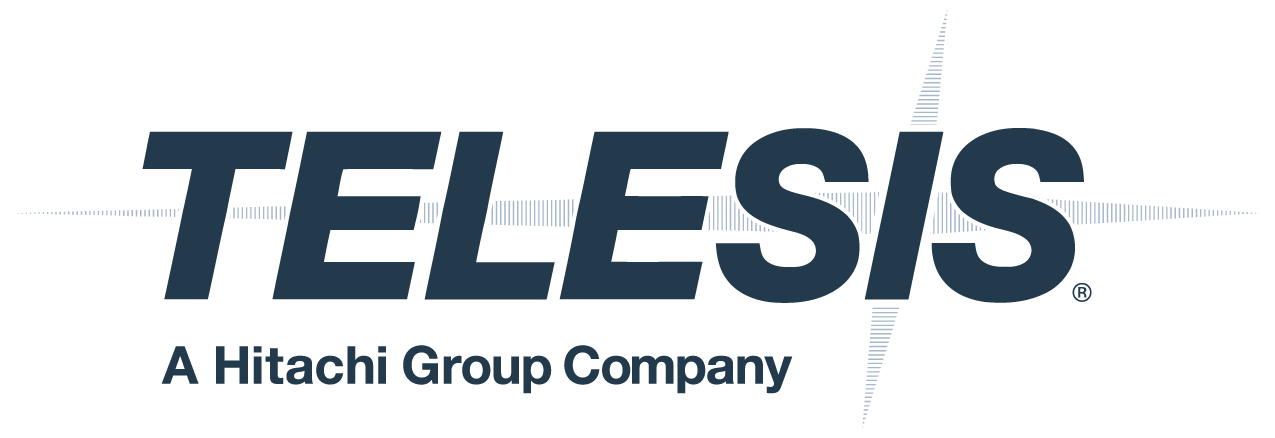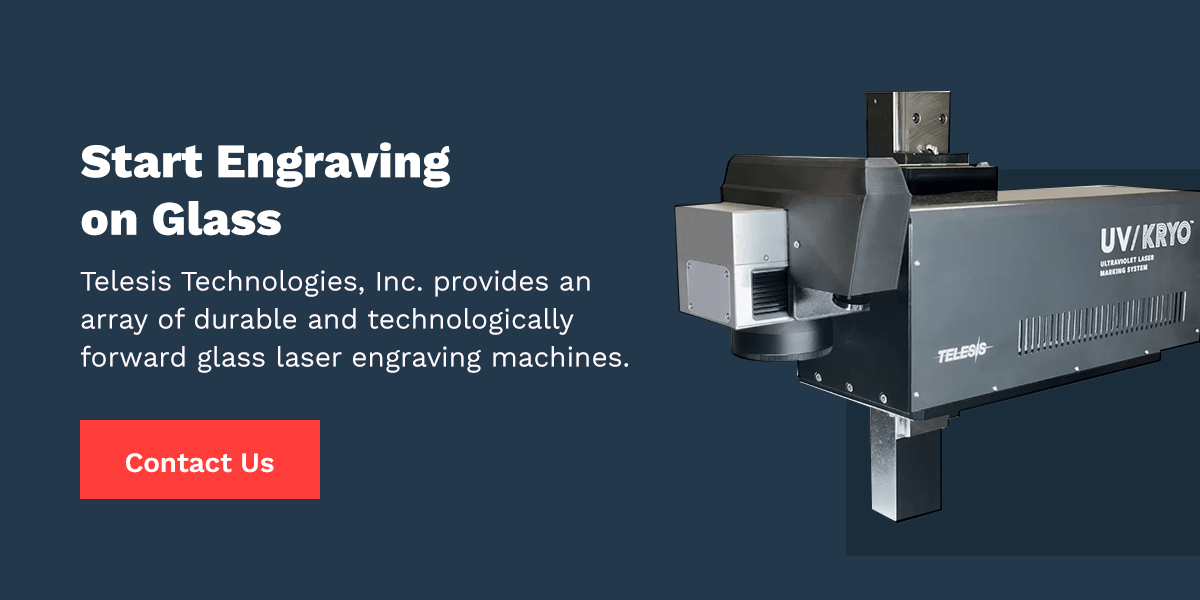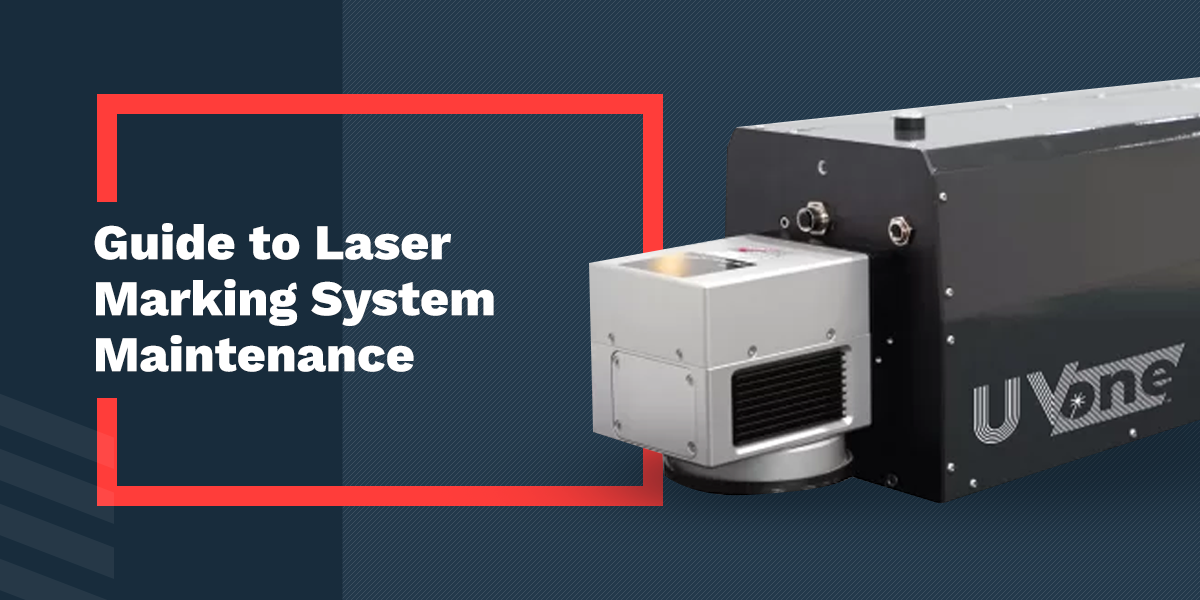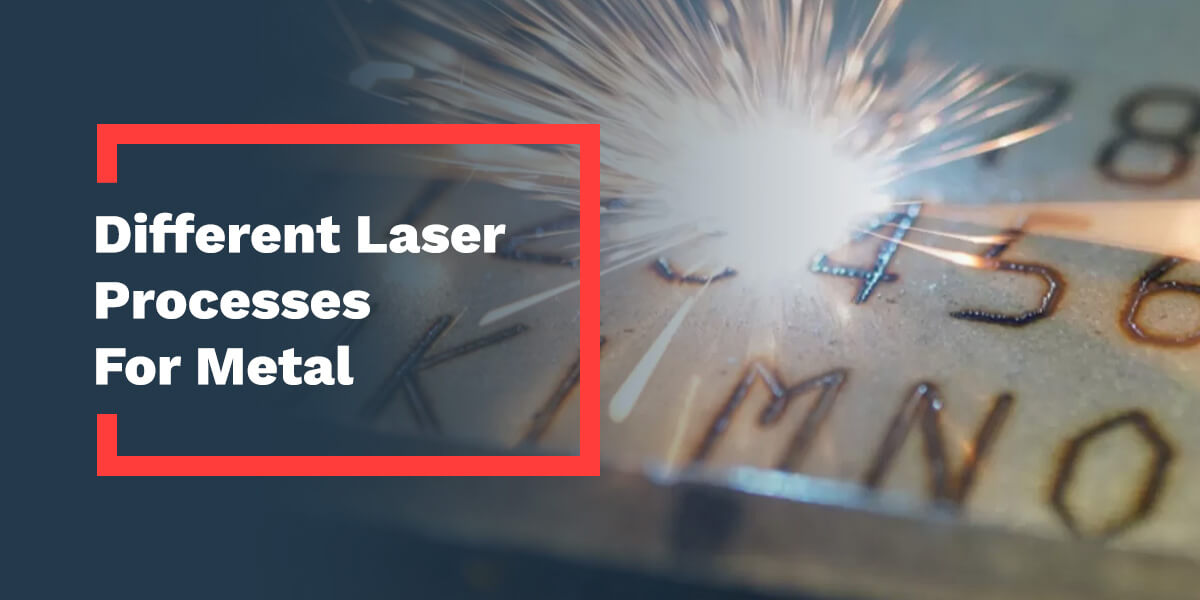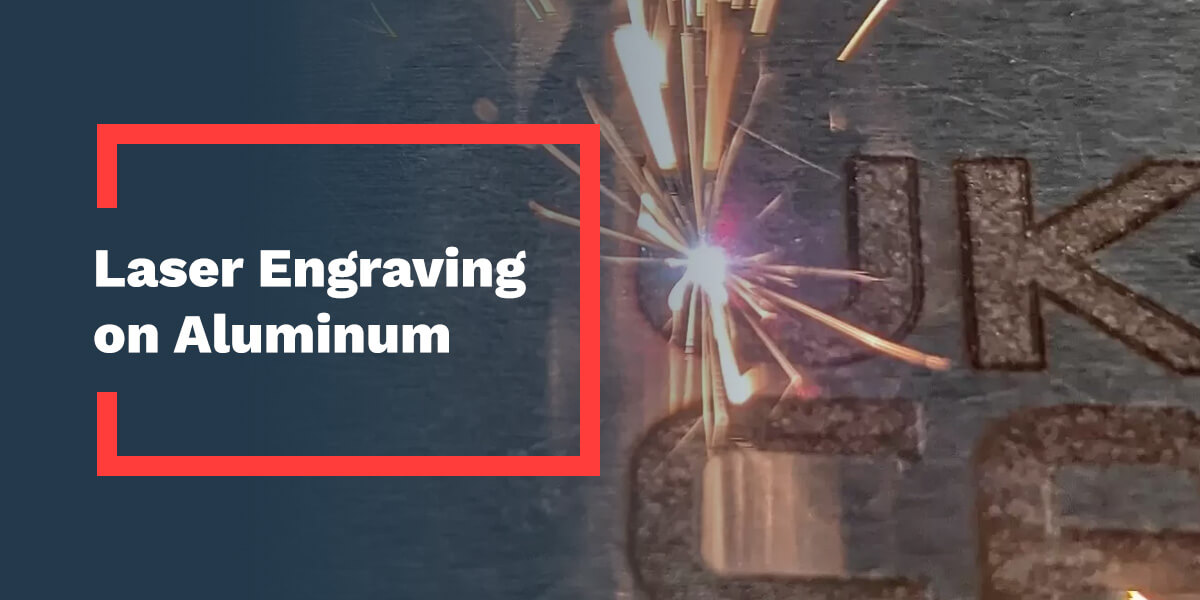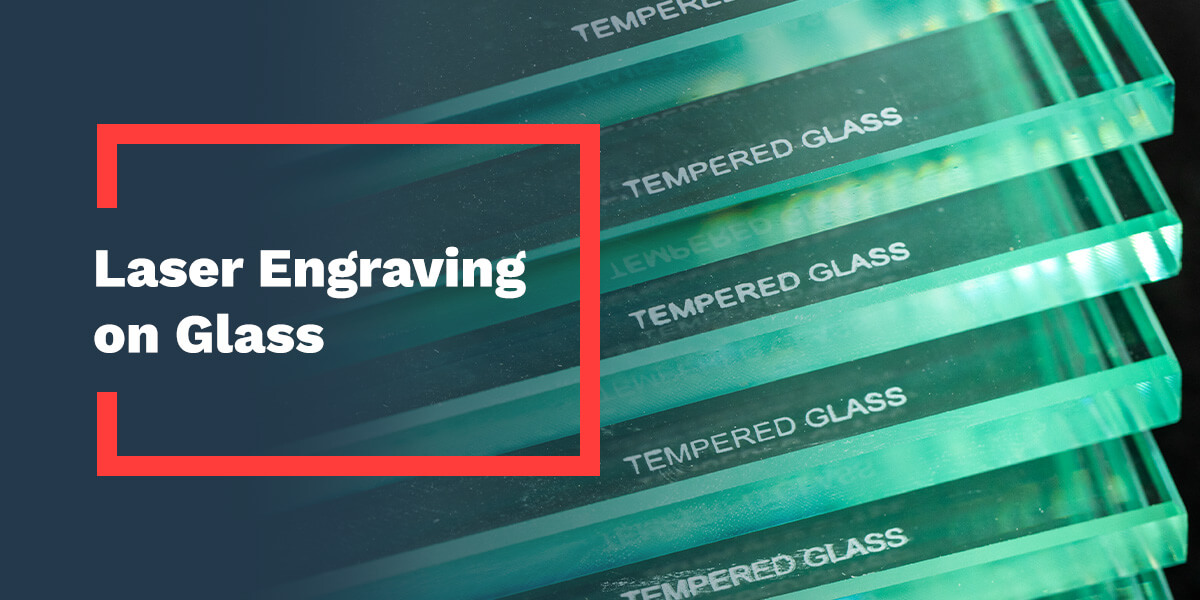
16 Jul Laser Engraving on Glass
Laser engraving on glass has many applications, and industries utilize glass engraving to create traceability marks, logos, beautiful textures, expiration dates and much more. With the right glass laser engraver, you can create simple or intricate designs on a variety of glass types. Learn all you need to know about the glass laser engraving process.
Can You Laser Engrave Glass?
Silica dioxide, or sand, is the primary component of glass, but glass manufacturers can also melt other minerals with silica dioxide to change the color and characteristics of glass. Glass reacts differently to lasers than other materials. Rather than removing material, lasers’ heat causes the glass to expand, resulting in microfractures on the surface of glass objects.
Most types of glass are suitable for engraving. For the best results, opt for soda-lime glass. Manufacturers make most drinking glasses, bottles and windows from this type of glass, and due to its low melting temperature, it doesn’t chip or flake easily under laser light. Borosilicate glass is also a good option for laser engraving on glass as it doesn’t crack easily when temperatures rise rapidly. Glass with heavy metals like titanium and lead is more challenging to engrave.
Glass laser engravings are durable and precise. You can use laser technology for various industries, like the automotive, medical and food sectors, rely on laser engraving on glass to mark windows, glass tubes, bottles and jars.
The Glass Laser Engraving Process
With an appropriate marking machine, the glass engraving process is straightforward. Before you start the process, ensure you have the proper protective gear like a fire extinguisher, laser goggles and a fume exhaust system, then follow these simple steps to create quality glass engravings:
- Select design software: Digitally create your design using design software compatible with your engraving system. Some engraving equipment has its own design programs while other program options are usually easy to integrate with various software.
- Submit your design: When you’ve finalized your design using appropriate design software, send it to your laser engraving machine.
- Experiment with various settings: You can adjust multiple aspects before engraving, like the laser strength, thickness, line depth, speed and number of passes. Find the perfect settings by adjusting various aspects and running a few engraving tests. It’s helpful to have a few glass items to experiment on to fine-tune your settings.
- Clean the glass surface: You want to clean your glass object after engraving as a laser engraving machine can leave glass shards and oil residue on the glass surface. Use a nail brush and isopropyl alcohol to clear away shards, and a paper towel can help remove smudges.
Types of Glass Laser Engraving Machines
Various engravers can mark glass with precision. Find the right machine for your application.
CO2 Laser Markers
These engraving machines use carbon dioxide gas as a medium, and they are highly versatile. A CO2 laser engraver marks various nonmetallic materials like wood, leather and glass. These machines use small dots to mark surfaces — minimizing radial chips and cracks. They are perfect for heavy-duty applications and offer high-speed marking as they require zero consumables, allowing for faster marking speeds. These machines are also more cost-effective than other marking equipment.
UV Laser Markers
Using high energy, UV laser engravers mark glass, plastic and organic materials. The highly absorbent wavelengths minimize heat stress, causing minimal heat damage and creating markings with superb contrast. These characteristics ensure superior markings and minimal glass breaking and splintering. These machines also offer high-precision micro-marking for intricate glass engravings.
Green Laser Markers
Specifically designed to mark reflective and heat-sensitive material like glass without damaging the material, green laser markers produce more power and a higher speed than other machines. These engravers can deliver detailed markings like complex graphic logos and 2D matrix codes on glass.
Advantages of Laser Marking Glass
Laser engraving offers an array of benefits, such as:
- Precision: Lasers can engrave incredibly intricate details that are difficult to create through conventional engraving techniques like etching and sandblasting.
- Speed: While techniques like sandblasting require you to laboriously create stencils, laser engraving is a much faster marking method.
- Cost-efficiency: Laser engraving does not rely on expensive tools to create permanent markings on glass, making this method more affordable.
- Consistency: Because you can save your designs digitally, you can execute the same design again and receive a uniform result.
- Versatility: You can use lasers for straightforward designs or intricate and complex engravings on various types of glass.
- Quality: You can enjoy a polished look as the laser marking process does not create unevenness or burrs on a glass surface.
How to Engrave on Curved Glass and Mirrors
Many glass surfaces like bottles and steins are curved, making engraving a bit more challenging. Setting up a correct depth of field can help you create quality engravings on curved glass. Unfortunately, there is no formula to determine the depth of field, but with enough test runs, you can fine-tune your engraving settings and create quality engravings on curved glass.
To mark the back of the mirror and ensure your design appears correctly, you want to reflect your image horizontally in your engraving software. Without this step, your design will appear inverted when you look in the mirror.
Start Engraving on Glass
With a proper glass laser engraving machine, you can take advantage of all the benefits of laser marking on glass, whether you want to create personalized wedding decor or engrave your company logo on a mirror. Enjoy creating precise markings quickly and cost-efficiently. Telesis Technologies, Inc. provides an array of durable and technologically forward glass laser engraving machines. To find out more about our offerings and how our products can benefit your application, connect with our team online.

